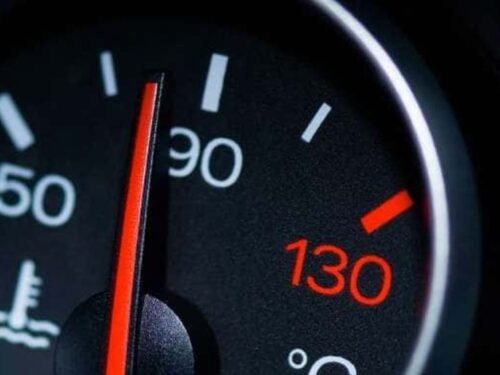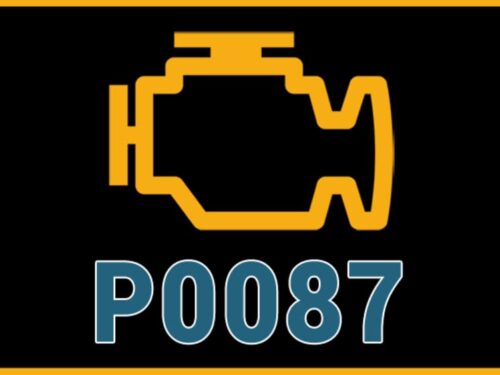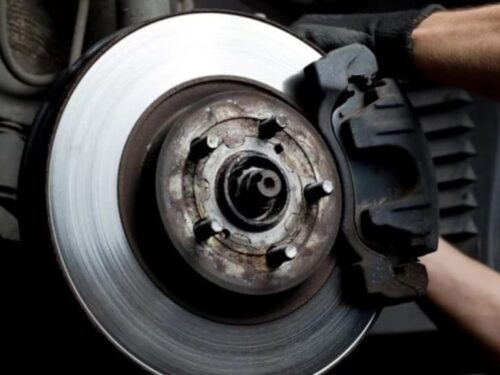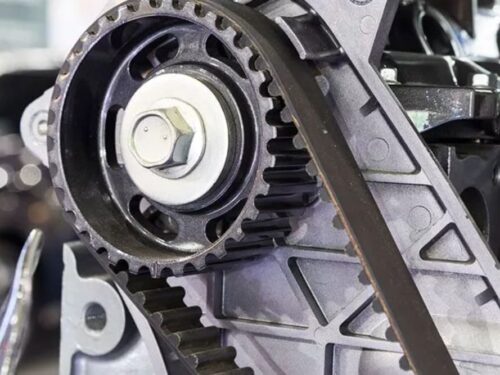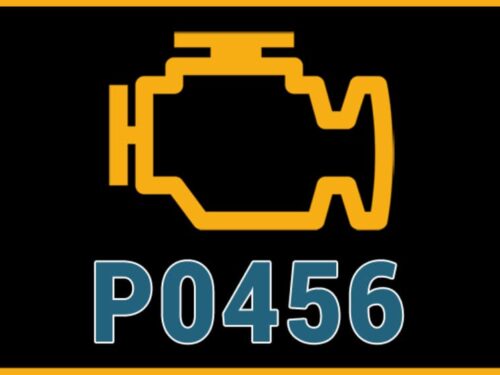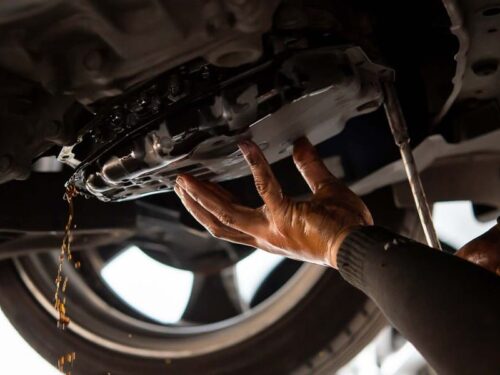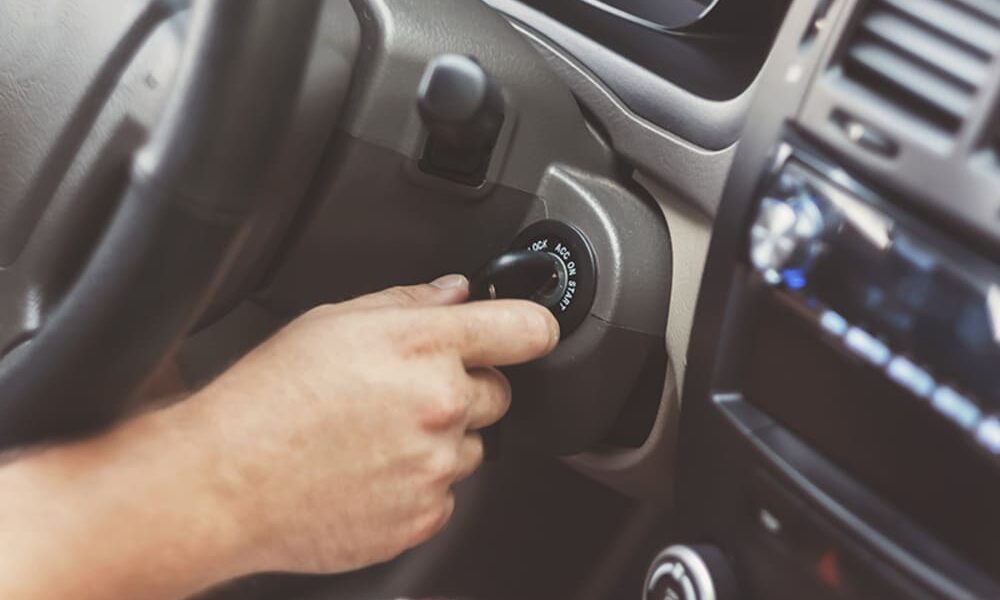
It is a heavenly day outside – the sun is peeping from behind the clouds, and the temperature is just perfect. You open your car door and get inside, all set for a productive day at work.
Unfortunately, the engine coughs and sputters, but your car refuses to start.
There are numerous reasons why a car will not start. While you might be forced to turn to professional help in some cases, there are a lot of things you can try yourself before that.
In this blog, we will discuss some of the common reasons your car won’t start.
Why Is Your Car Not Starting?
1) DEAD BATTERY:
This is one of the common causes behind a car failing to start. If your battery still has some life, you might find the starter turning slowly. Sometimes, corroded cables can also lead to improper power flow.
However, there are several reasons a battery might die. Perhaps, there is a loose wire somewhere, the component water evaporated and led to insufficient conductivity, or maybe you forgot to turn off the dome light.
Jump-starting the car is an easy way to see if a dead battery is to be blamed for the trouble. If the jump-start is successful, there is a high probability that your battery is dying. In such a case, you could consider cleaning up the connections a bit, or, if that does not help, you should get your battery replaced.
2) ALTERNATOR:
An ineffective alternator might mean that your battery is not being charged. If you feel that the alternator is the problem, start by looking for a slipping or worn drive belt. If the belt breaks or the alternator fails, you will almost certainly receive a warning flash of light. However, you might not get this warning in case of a mere flawed system output. There is a simple way to see if your car instrument panel contains a gauge. Just see if the instrument panel is displaying approximately 14 volts. Very few modern vehicles include an alternator gauge, so you might likely require a technician or mechanic to check things out.
There are other warning signs that your battery is not charging, such as a weak cranking starter or headlights that have dimmed.
3) STARTER:
When automobiles first came about, the starter owned the car. You would take a crank and walk towards the front of the vehicle. Having assured yourself that the gearbox is disengaged, you would put the crank in the shaft, thereby manually turning and starting the engine.
Technological improvements led to the advent of the electric starter but, despite the increased reliability of modern-day mechanisms, starters are still not immune to failure. A broken starter can usually be detected by a clicking sound and can leave your vehicle in an inoperable state. The only issues related to a starter can be related to the teeth on the driver’s gear or the flywheel.
4) SPARK PLUGS:
Secondary ignition issues are almost unheard of nowadays – almost. On the rare occasions that they do occur, these problems can render your vehicle unable to start. Three decades ago, an automobile owner would have to undergo regular maintenance to reach anywhere close to the 100,000-mile point. Today, thanks to lengthy replacement schedules for spark plugs – coupled with the fact that most car owners do not hold on to a vehicle throughout its useful life – it is easy to forget about the replacements for long-lasting vehicle parts like spark plugs, thereby leading to car-start issues.
5) AIR FILTER:
Much like human beings, a car needs to ‘breathe’ in order to function optimally. Over time, your car’s air filter ends up accumulating grease, road dust, and many other types of muck so that your vehicle can enjoy filtered, clean air. However, this buildup of debris can restrict your vehicle from taking in the required amount of air. Without sufficient air, the gas fails to ignite, and no ignition means that the internal combustion process remains incomplete. All you need to do to resolve this problem is to get a new air cleaner, which is readily available at almost every automotive supply store.
6) FUEL FILTER:
Alongside air, fuel is another essential requirement for both humans and cars. Every vehicle requires clean fuel in order to move effectively. From the car tank to petrol transport, your engine ends up sucking all kinds of muck and filth. A fuel filter makes sure that any unwanted items do not make their way to the combustion chambers. These foreign items keep on accumulating and eventually block or restrict the fuel from entering the engine. To ensure that this situation does not occur, you should change your fuel filters after every 25,000 to 40,000 miles (earlier in case your car travels over dirt or gravel).
7) FUEL PUMP:
Even if there is nothing to keep the fuel from making its way towards the combustion chamber, a failed or inadequate fuel pump can significantly impact the functioning of your automobile. In earlier vehicle models, the carburetor was below the tank, and gravity was used to feed the fuel. With those models, even though cars were not able to go over steep hills, a failed pump was no cause for concern.
To check if your fuel pump is working fine, switch the key towards the ‘on’ side and check if you can hear the running of the tank pump. If not, this means that your fuel pump is not functioning, and hence, your car has no fuel to use.
8) EMPTY FUEL TANKS:
Sometimes, the most straightforward answer is also the correct one. Our modern, sophisticated vehicle dashboards keep us updated with the precise number of miles we have until we run out of gas. Such technology, while making our lives easier, has also spoiled us – we keep pushing our cars to the limit and delay a gas fill-up for as long as possible. If you forgot the refueling or if you altered the speed at which the mileage was displaying, it is possible that your car tank is short of gas. Hence, be sure always to keep an eye on the needle.
9) LOCKED STEERING WHEEL:
Sometimes, the key will refuse to budge when turned in the ignition. Many cars lock the steering wheel as soon as you remove the key – an anti-theft attribute. Upon parking, if the steering wheel is in the position of the lock, the wheel will remain in that position. So, while turning the key, nudge the wheel a little to the right or left, and the anti-theft attribute might give way and enable you to turn your key and get the car going.
Courtesy of paautoinspection


